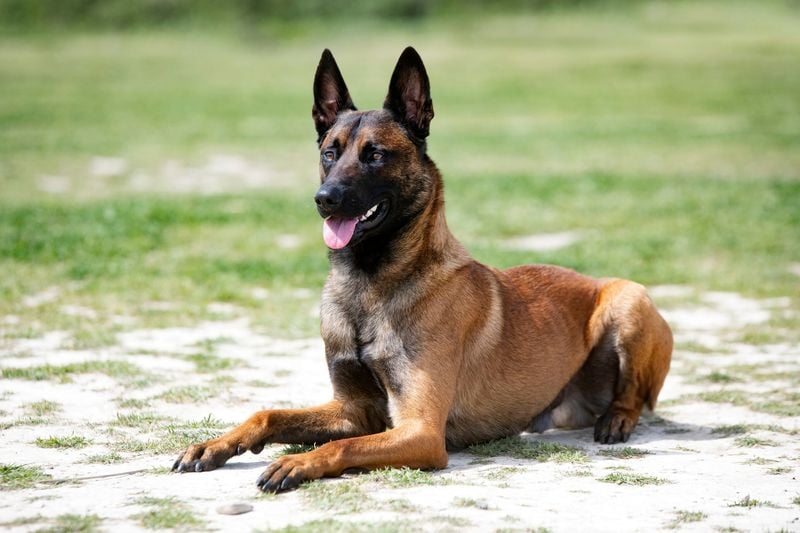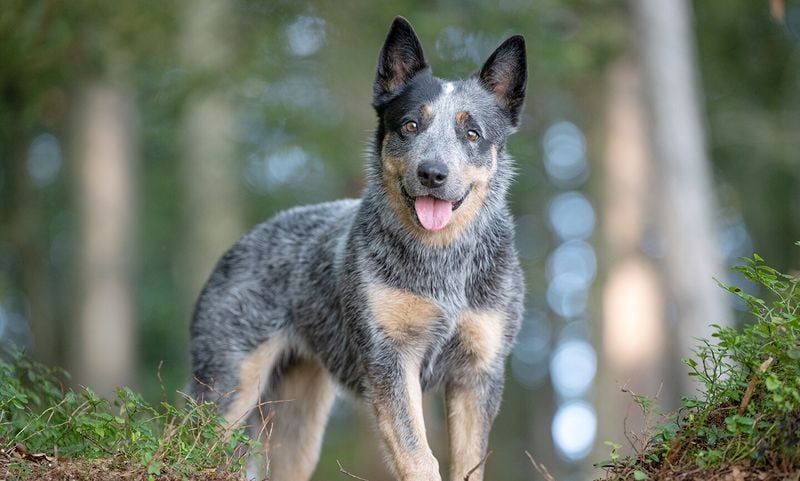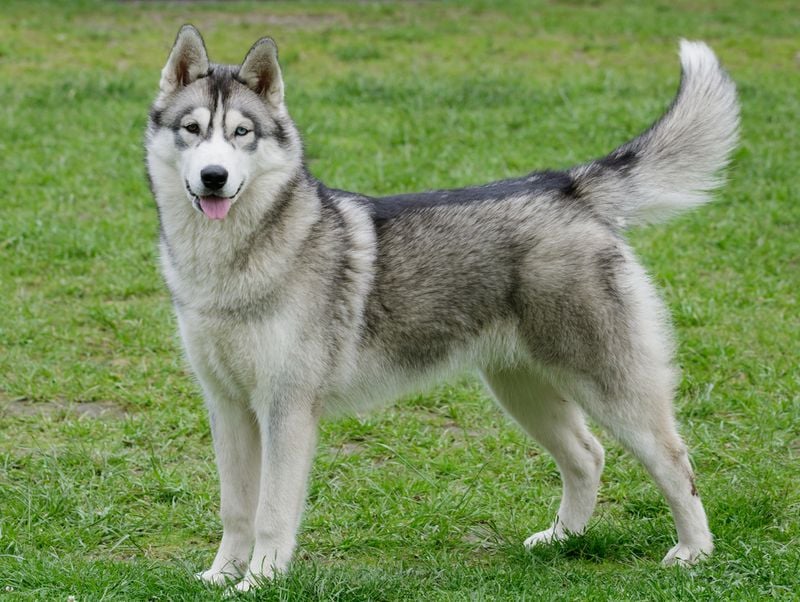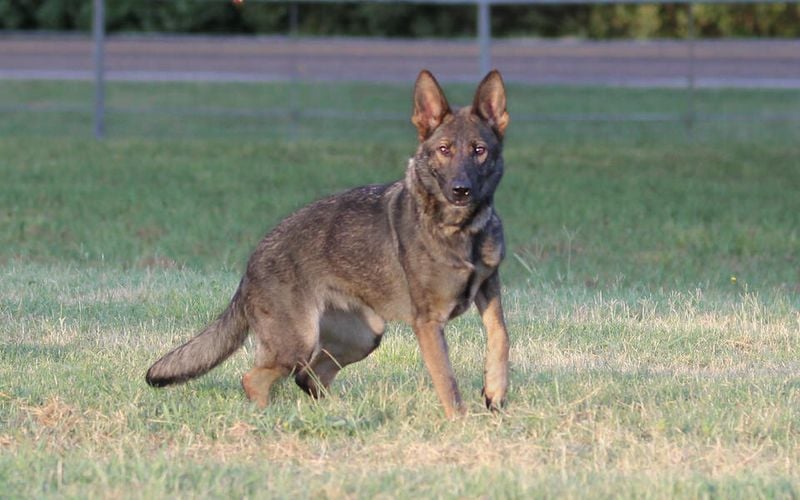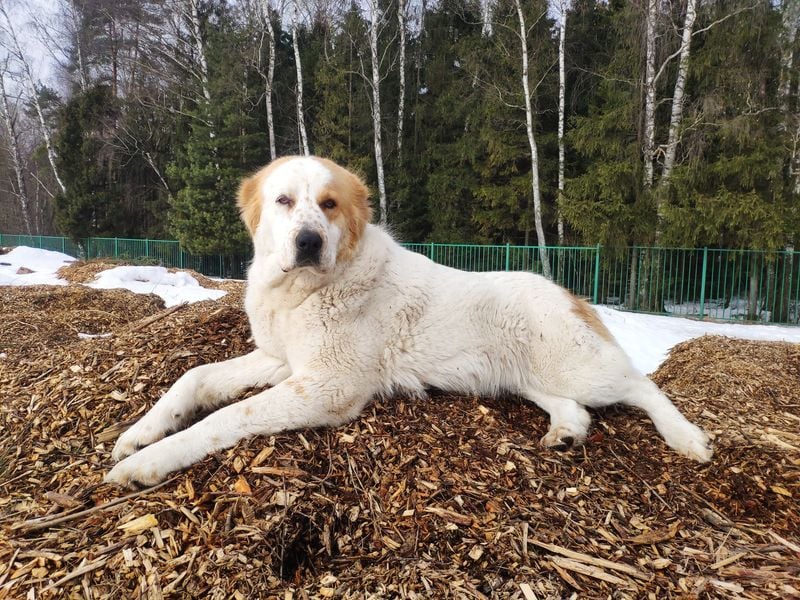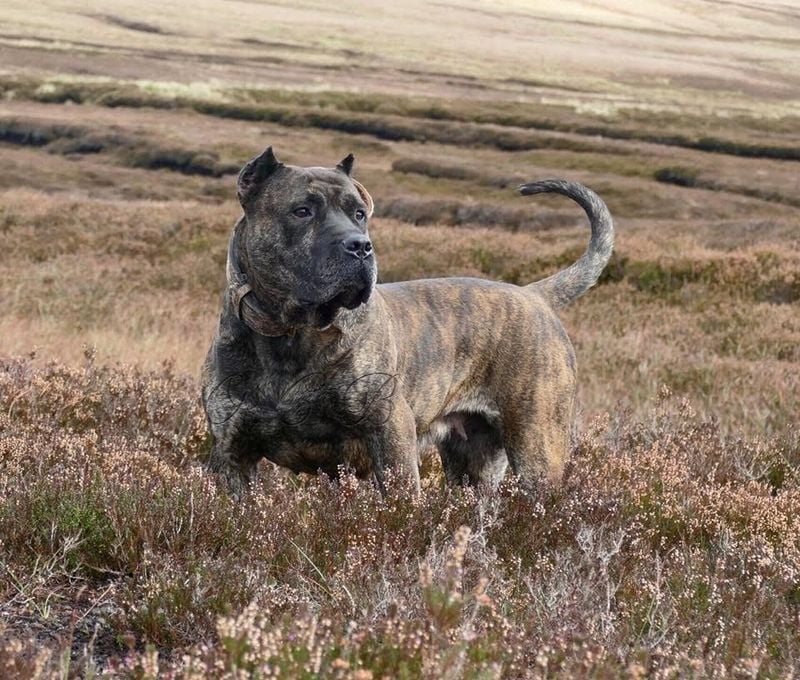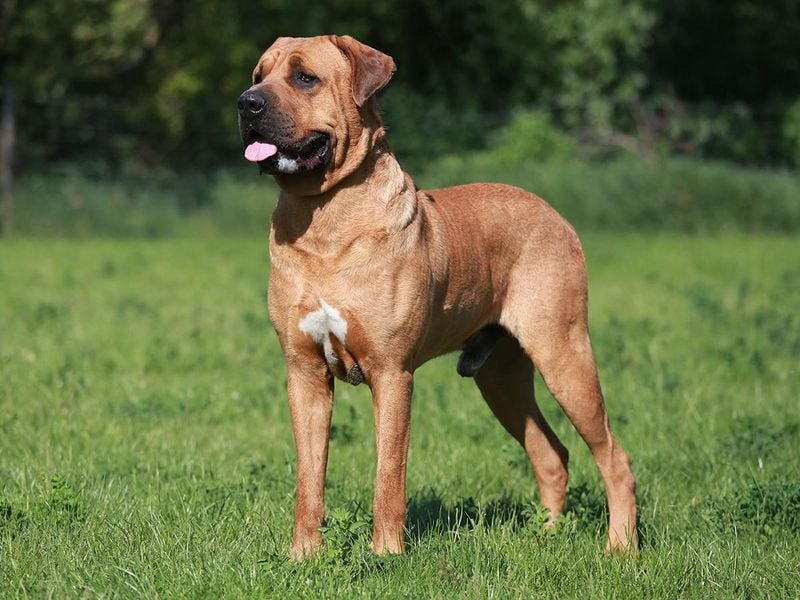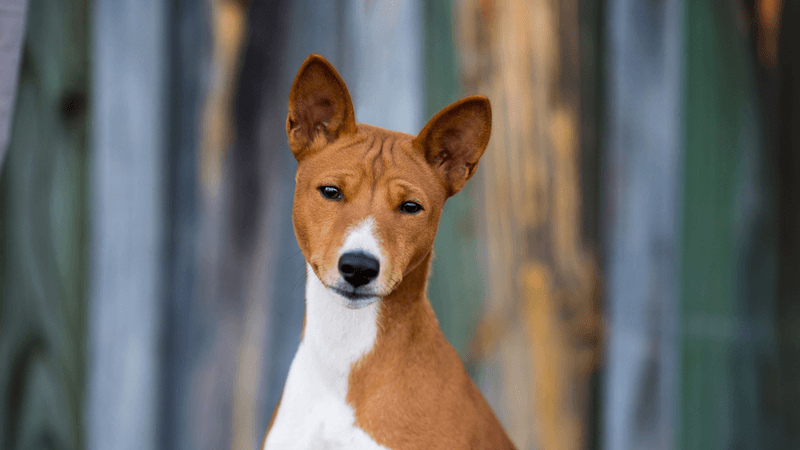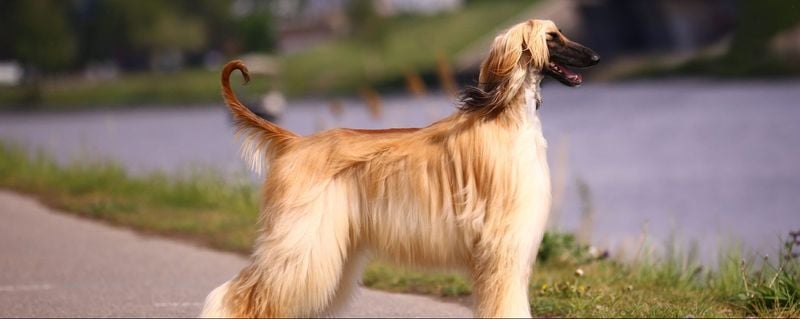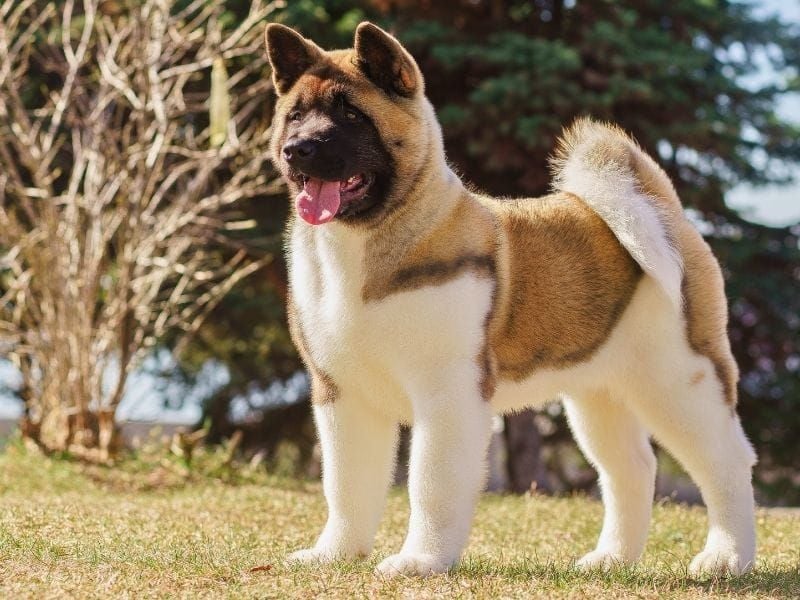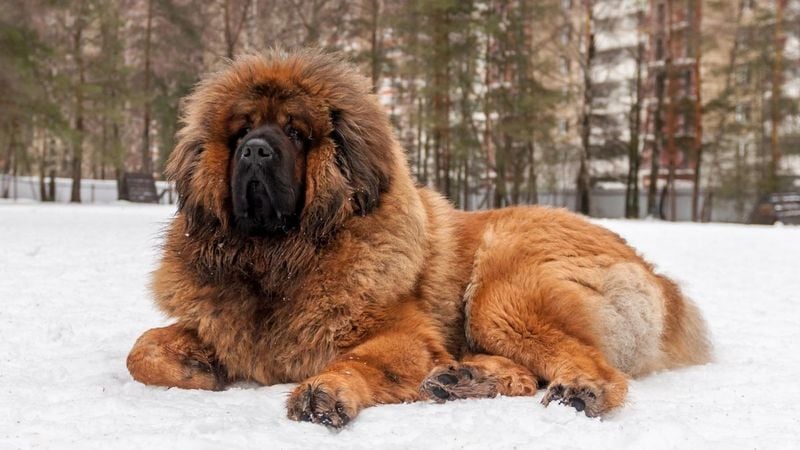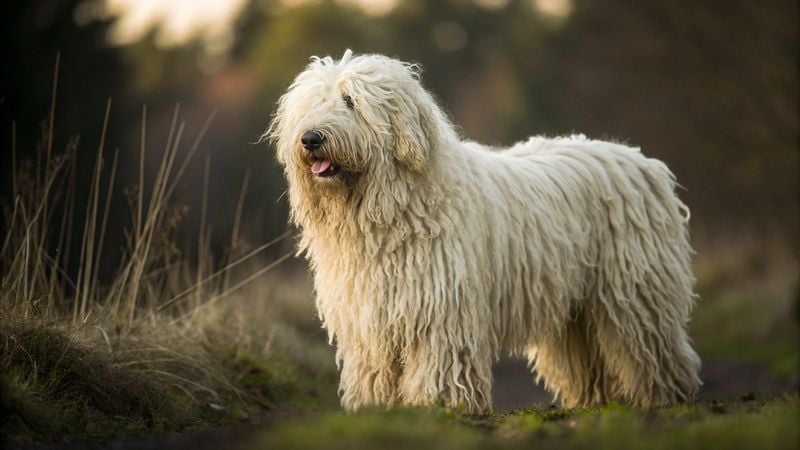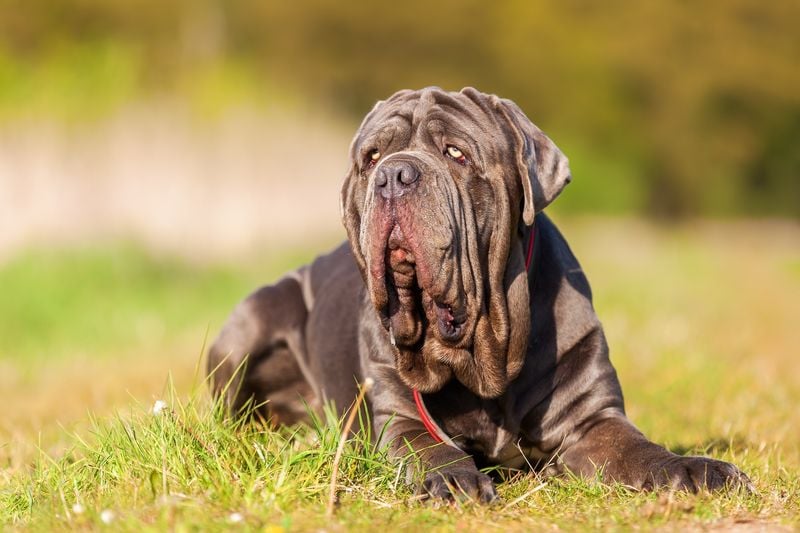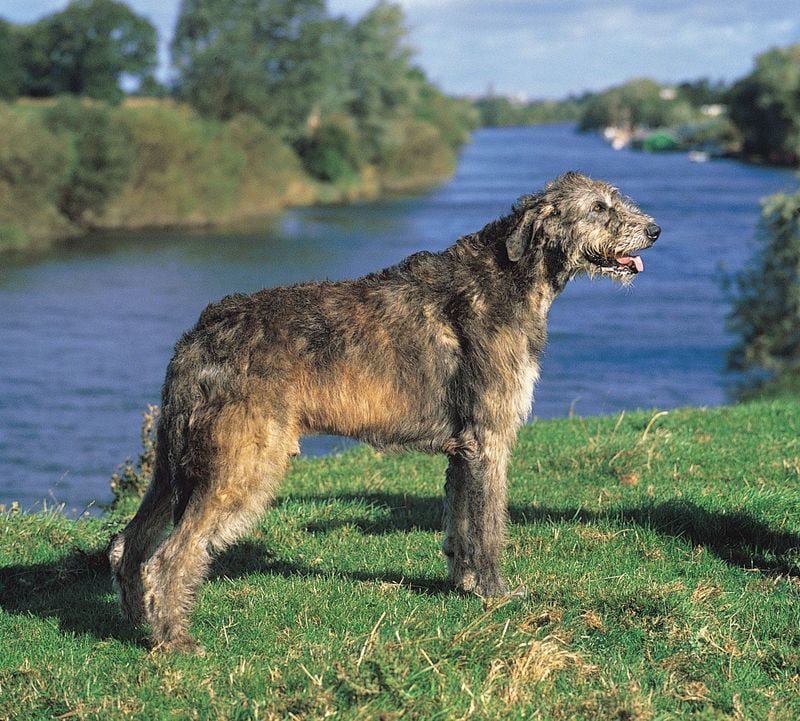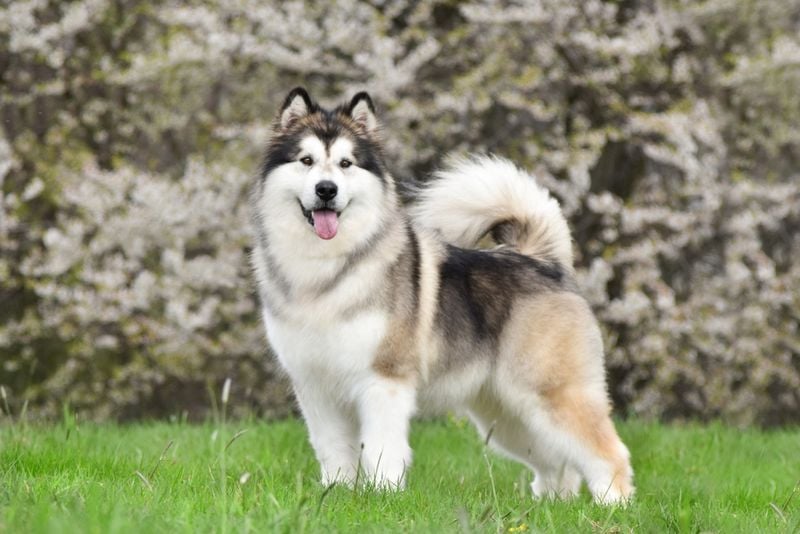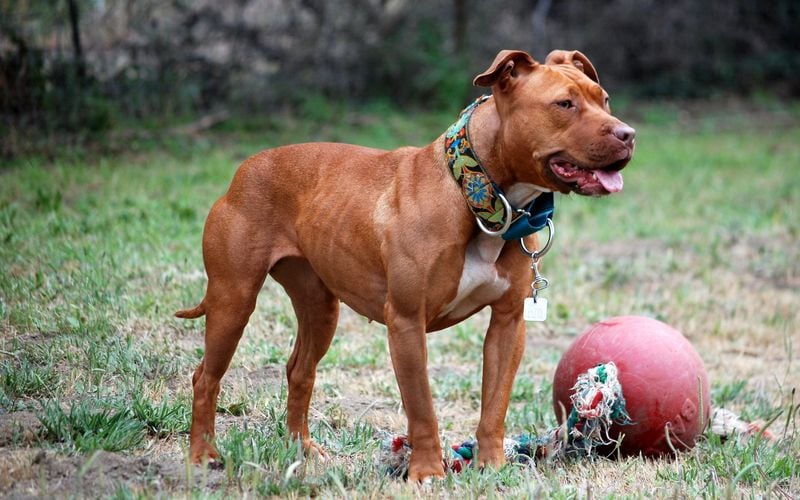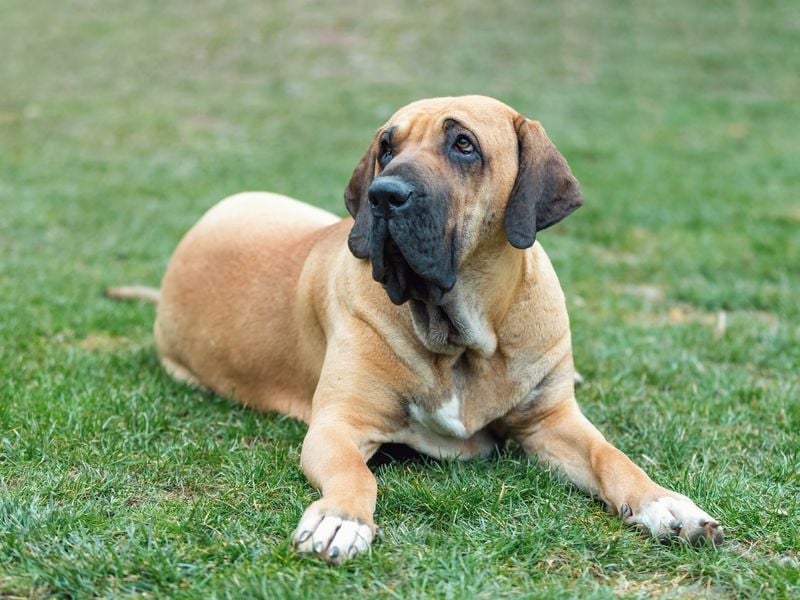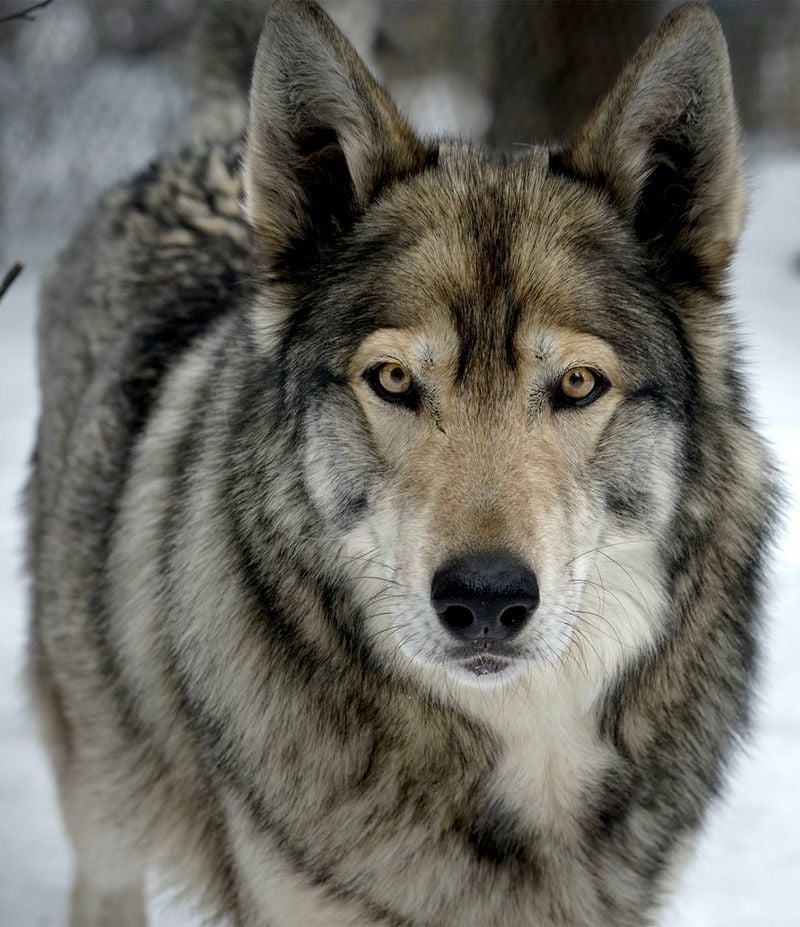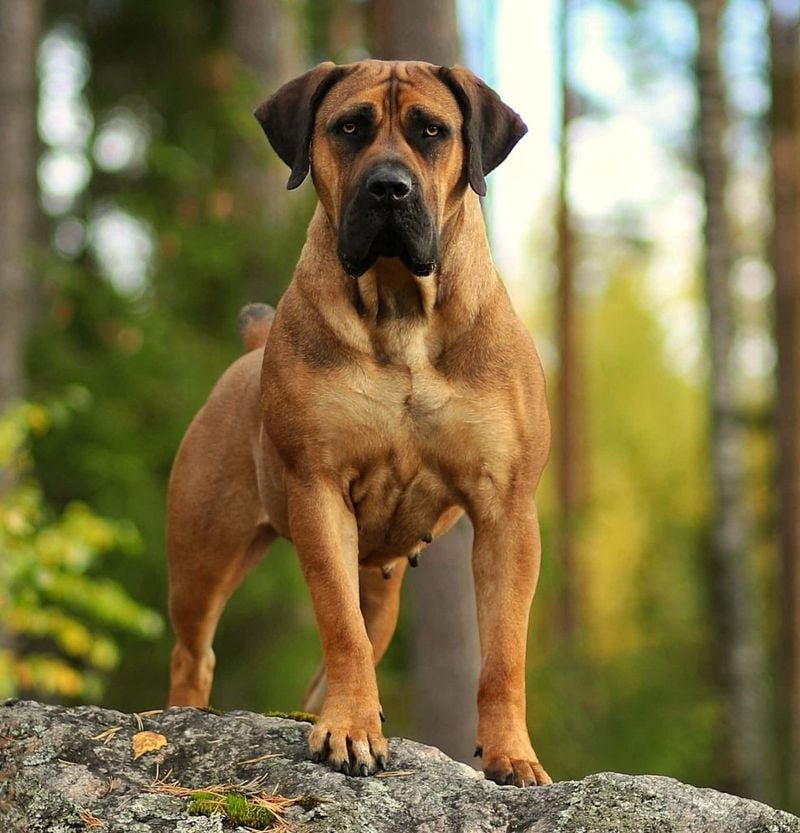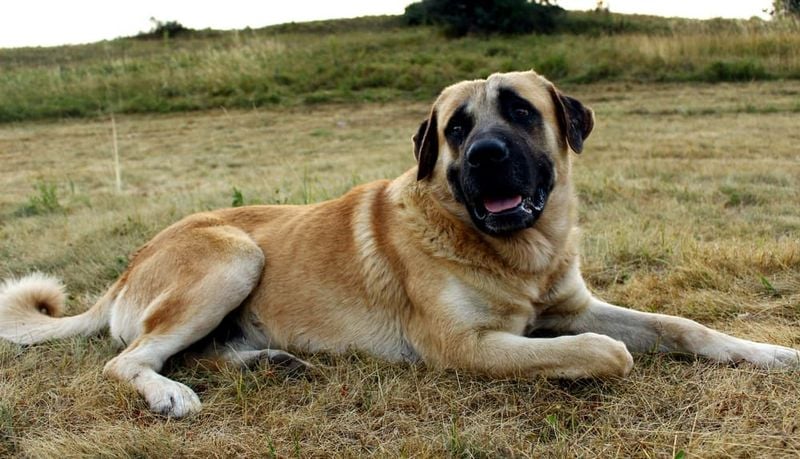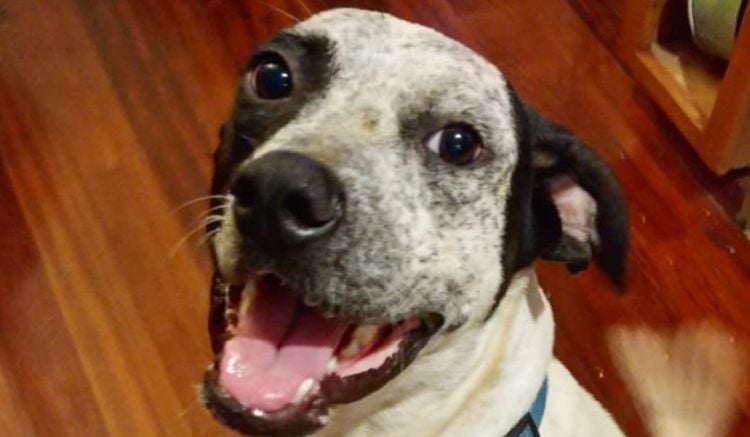25 Dog Breeds That Are Incredibly Tough to Manage in a Domestic Setting
Managing certain dog breeds can be an arduous task, especially in a domestic environment. While many dogs thrive in the average household setting, others have traits that make them far more difficult to care for. Some were bred for protection, herding, or guarding vast territories—jobs that don’t translate well to life on the couch or in a backyard. These breeds often come with intense energy levels, independent or stubborn temperaments, high prey drives, or deep-rooted instincts that require more than just affection and a bowl of kibble.
It’s not just about obedience—though many of these dogs are incredibly smart, that intelligence can quickly turn to mischief or dominance if not properly directed. Without sufficient mental stimulation, physical activity, and clear boundaries, these breeds can become frustrated, destructive, or even aggressive. Inexperienced owners often underestimate the challenges, leading to strained relationships, behavioral problems, or, sadly, rehoming.
This article highlights 25 dog breeds that are particularly challenging to keep as pets in typical home environments. Whether it’s due to size, strength, territorial instincts, or working-dog energy, these breeds demand a level of commitment, structure, and experience that goes well beyond the norm. That doesn’t mean they’re bad dogs—far from it. In the right setting, with the right person, they can be incredible companions. But for the average household, they’re often more than a handful.
If you’re considering bringing a dog into your life, understanding these challenges upfront can help you make a responsible, informed choice—not just for you, but for the dog as well.
1. Border Collie
Known for exceptional intelligence and relentless energy, this herding breed thrives on having a purpose. The Border Collie was developed to work livestock and requires constant mental and physical stimulation to stay balanced.
Without enough activity, they can become restless or even destructive in a typical home environment. Owners must be committed to regular exercise and engaging tasks to satisfy this breed’s sharp instincts.
Often seen dominating agility and obedience competitions, Border Collies are best suited for highly active households. Widely regarded as the most intelligent dog breed, they excel when given a job to do.
2. Belgian Malinois
With unmatched drive and focus, this breed has become a top choice for police, military, and protection work. The Belgian Malinois possesses an intensity that can quickly overwhelm inexperienced owners.
To thrive, they need structured training and purposeful activity to keep both body and mind engaged. Without appropriate outlets, their energy can manifest in destructive or difficult behaviors.
Prospective owners should be prepared for a highly active lifestyle and ongoing mental stimulation. Known for their unwavering loyalty and sharp work ethic, Malinois make extraordinary partners—though they are rarely suited for casual pet ownership.
3. Australian Cattle Dog
Bred for endurance and rugged terrain, this tenacious herding dog was developed to drive cattle across long distances. The Australian Cattle Dog requires intense physical activity and mental engagement to stay balanced and well-behaved.
Its independent streak is often mistaken for stubbornness, but it stems from a strong work ethic and natural instinct. Early, consistent training and firm leadership are essential for success.
Best suited for high-energy homes, this breed thrives when given meaningful tasks. Its striking blue or red coat has led to the popular nicknames “Blue Heeler” and “Red Heeler,” a nod to its distinctive coloring and working style.
4. Siberian Husky
With piercing eyes and a powerful, wolf-like build, this northern breed is as independent as it is beautiful. Originally developed in Siberia to haul sleds across frozen terrain, the Siberian Husky is built for endurance and thrives in cold, active environments.
These dogs have boundless energy and need plenty of room to run and play. Without regular physical and mental stimulation, they can become bored and destructive.
Their independent streak and strong-willed temperament call for firm, consistent training from an experienced owner. This breed even played a critical role in history, helping deliver life-saving serum to Nome during the 1925 diphtheria outbreak.
5. German Shepherd (working lines)
Highly regarded for their loyalty and sharp intellect, working line German Shepherds make exceptional yet demanding companions. Their versatility allows them to thrive in roles such as police service, military work, and search and rescue operations.
To stay balanced, these dogs require structured training, consistent leadership, and vigorous daily exercise. Without proper outlets for their energy and drive, they may become restless or develop unwanted behaviors.
This breed is best suited for experienced owners who can commit to an active, engaged lifestyle. Recognized around the globe, the German Shepherd remains one of the most popular and capable breeds in the canine world.
6. Caucasian Shepherd
This powerful guardian breed is renowned for its unwavering protective instincts and impressive stature. Originating in the rugged Caucasus Mountains, the Caucasian Shepherd was bred to defend livestock against formidable predators like wolves and bears.
Such dogs need a confident, experienced handler who can offer firm direction and early socialization. Their immense strength and independent nature make them ill-suited for first-time or unprepared owners.
Though their appearance can be intimidating, they are often affectionate and deeply loyal to their family. Some individuals of this breed can reach weights of up to 200 pounds, underscoring the importance of responsible ownership.
7. Central Asian Shepherd
Fearless and independent, this ancient guardian breed is celebrated for its strong protective instincts. Originally developed to watch over livestock across harsh terrains, the Central Asian Shepherd is naturally suspicious of unfamiliar people and situations.
To become well-balanced companions, these dogs need early socialization and a confident, experienced owner who can provide firm, consistent leadership. Their self-reliant temperament can pose challenges for those new to dog ownership.
Best suited to rural or spacious settings, they thrive when given room to patrol and a clear role to fulfill. With a history stretching back over 4,000 years, this breed has long been a steadfast protector.
8. Dogo Argentino
Bred for strength and bravery, this powerful breed was originally developed for big game hunting. The Dogo Argentino is a muscular, athletic dog that requires structured training and early socialization to thrive.
Their strong prey drive can present difficulties in a home environment, making proper handling essential. Owners must be prepared to meet their physical and mental needs through regular activity and engagement.
Though imposing in appearance, they often form deep, affectionate bonds with their families. The breed was first developed in Argentina in the 1920s by Dr. Antonio Nores Martínez as a fearless and loyal hunting companion.
9. Presa Canario
Powerful and assertive, this breed is often employed as a guard dog due to its commanding presence and strong protective instincts. The Presa Canario’s muscular build and confident demeanor reflect its natural role as a defender.
Firm, consistent training is essential to set clear boundaries and ensure balanced behavior. Because of their intensity and strength, they are not suitable for novice dog owners.
Deeply loyal and territorial, they excel as home protectors when properly guided. Originating from the Canary Islands, this breed was historically used for managing livestock and guarding property.
10. Tosa Inu
Calm yet commanding, this Japanese breed was originally developed for dog fighting and carries a heritage of strength and discipline. The Tosa Inu requires an experienced and confident owner to manage its powerful instincts and assertive nature.
Early socialization and steady, firm training are necessary to prevent dominance-related issues. Due to their size and temperament, they are typically not recommended for households with young children or multiple pets.
Despite their formidable background, these dogs can develop deep, affectionate bonds with their families. Outside of Japan, the breed is rare and often subject to strict ownership regulations.
11. Basenji
Often referred to as the “barkless dog,” this breed is known for its distinctive vocalizations and meticulous, cat-like grooming habits. The Basenji is highly curious and independent, traits that can often lead to playful mischief around the house.
They do best with patient owners who can offer plenty of mental engagement and physical activity. Their self-reliant nature can make training more challenging than with other breeds.
In active homes where exploration and play are encouraged, Basenjis can truly thrive. Originating from Central Africa, they were originally bred for hunting and are still prized for their agility and alertness.
12. Afghan Hound
With its elegant build and flowing coat, this breed stands out for both its beauty and aloof demeanor. The Afghan Hound is highly independent, which can make obedience training a more demanding task.
Maintaining their signature coat requires frequent grooming and dedicated care. Owners should appreciate both their distinctive temperament and the effort involved in their upkeep.
Best suited for seasoned dog owners, Afghan Hounds thrive in environments where their exercise and grooming needs are consistently met. This ancient breed has a storied history, with origins believed to trace back to the times of ancient Egypt.
13. Chow Chow
Distinguished by its lion-like ruff and signature blue-black tongue, this breed is known for its aloof and independent nature. The Chow Chow requires early and consistent socialization to minimize territorial tendencies and foster balanced behavior.
Because of their reserved temperament, they are generally not recommended for households with small children. Establishing clear boundaries and providing steady training are key to successful ownership.
While often standoffish with strangers, they can form deep bonds and show strong loyalty to their family. The Chow Chow is also one of the rare breeds to possess a naturally blue-black tongue, adding to its unique appeal.
14. Shar Pei
Recognized for its deep wrinkles and unique appearance, this breed is known for strong protective instincts and a naturally reserved demeanor. The Shar Pei tends to be wary of strangers, making early socialization essential for balanced behavior.
Loyal and self-assured, they respond best to firm yet gentle leadership that respects their independence. Consistent, patient training is key to developing a well-mannered companion.
This breed is best suited for experienced dog owners who can offer clear guidance and stability. The name “Shar Pei” translates to “sand skin” in Chinese, a nod to the breed’s characteristically rough-textured coat.
15. Akita
Renowned for its noble bearing and fearless nature, this Japanese breed was originally developed for hunting large game and guarding property. The Akita possesses a strong protective instinct and tends to be reserved, especially around unfamiliar people.
Early socialization and consistent training are vital to ensure they grow into well-balanced adults. Their independent streak makes them best suited for experienced owners who understand firm yet respectful leadership.
Akitas thrive in homes where they receive both structure and regular physical activity. In their native country, they are regarded as symbols of health, happiness, and long life.
16. Tibetan Mastiff
Admired for its massive frame and thick, regal coat, this ancient breed possesses a powerful guarding instinct. The Tibetan Mastiff is naturally cautious around strangers, making early socialization crucial to prevent overly protective behavior.
Its strong-willed and independent personality can pose challenges for inexperienced owners, requiring consistent training and confident leadership. These dogs are best suited to spacious homes where they have room to roam and feel secure in their territory.
Beneath their formidable appearance lies a deeply loyal nature, and they can be remarkably gentle with their family. For centuries, they have served as guardians of Himalayan monasteries, valued for both their strength and vigilance.
17. Komondor
Distinguished by its unmistakable corded coat, this Hungarian breed was originally developed to guard livestock with vigilance and independence. The Komondor requires early training and socialization to balance its naturally protective instincts.
These dogs do best with experienced owners who can provide clear structure and confident leadership. Their coat, while striking, demands regular care to prevent tangles and matting.
Komondors thrive in open spaces where they can remain active and purposeful. Their unique appearance not only sets them apart visually but also served a functional role—allowing them to blend in with sheep and act as effective, camouflaged guardians.
18. Neapolitan Mastiff
With its massive frame and deeply wrinkled skin, this powerful breed carries an unmistakable presence. The Neapolitan Mastiff is naturally protective and requires early socialization and consistent training to become a well-mannered companion.
These dogs are best suited for experienced owners who can offer firm yet patient leadership. Their sheer size and watchful nature make them highly effective guard dogs.
Beneath their intimidating exterior lies a calm and loyal temperament, especially toward their family. This ancient breed traces its lineage back to Roman times, where its ancestors served as formidable guardians and war dogs.
19. Irish Wolfhound
Famed for its impressive stature and calm demeanor, this giant breed thrives in environments where it has room to move freely. The Irish Wolfhound carries a legacy as both a noble hunter and a loyal companion throughout history.
Although imposing in size, these dogs are gentle by nature and benefit from regular, moderate exercise to maintain their health and well-being. Their large frame, however, can pose practical challenges in smaller living spaces.
Prospective owners should also be mindful of the breed’s relatively short lifespan. Among the tallest dogs in the world, the Irish Wolfhound is as majestic in presence as it is affectionate in spirit.
20. Alaskan Malamute
With its wolf-like appearance and powerful build, this Arctic breed was designed for strength and endurance. The Alaskan Malamute, originally bred to haul heavy sleds across frozen terrain, thrives on both physical activity and mental stimulation.
Its independent disposition can be challenging, particularly for novice dog owners. Early socialization and consistent training are essential to guide their strong-willed nature in a positive direction.
Ideal for active households, Malamutes flourish in settings that allow them to remain busy and physically engaged. As one of the oldest Arctic sled dog breeds, their lineage spans thousands of years, reflecting a long history of resilience and hard work.
21. Pit Bull Terrier (various strains)
Often misunderstood, this muscular and devoted breed is recognized for both its physical strength and unwavering loyalty. Pit Bull Terriers require responsible ownership, with a strong emphasis on training and structure from an early age.
With proper guidance and socialization, they can be affectionate, playful, and deeply bonded with their families. However, their energy and power make early, consistent training especially important.
Owners should be prepared to provide a stable, structured environment that fosters positive behavior. Historically, Pit Bulls were even nicknamed “nanny dogs” for their gentle and protective nature around children.
22. Fila Brasileiro
Renowned for its fierce loyalty and guarding instincts, this powerful breed demands experienced and confident handling. The Fila Brasileiro was originally bred for protection and maintains a natural distrust of strangers.
Early socialization and firm, consistent leadership are essential to guide their strong-willed temperament. Due to their intensity and size, they are not recommended for first-time dog owners.
When properly trained and managed, they can become deeply devoted and protective companions. This breed is also known for its distinctive gait, often likened to a “camel walk,” which adds to its unique presence.
23. Wolfdog Hybrids
A blend of domestic dog and wild wolf, these hybrids are known for their intense energy and unpredictable behavior. Wolfdog Hybrids require highly experienced handlers who are well-versed in their complex needs and instincts.
They thrive in spacious environments where they can move freely and stay mentally engaged. However, their wild lineage often makes them difficult to manage in typical home settings.
Prospective owners should conduct extensive research and carefully consider local laws and regulations before bringing a Wolfdog Hybrid into their lives, as ownership legality varies widely by region.
24. Boerboel
This powerful South African breed is recognized for its formidable strength and strong guarding instincts. Boerboels are deeply loyal and protective, making them excellent watchdogs in the right hands.
To manage their dominant temperament, early training and thorough socialization are essential. They do best in homes with ample space, where they can patrol and remain mentally stimulated.
While often affectionate with their families, Boerboels require firm boundaries and confident leadership. Originally developed to defend South African farms against predators, they carry a legacy of courage and resilience.
25. Kangal
Originating from Turkey, this imposing breed is revered for its guarding instincts and impressive stature. The Kangal was bred to protect livestock in remote regions and thrives in open spaces where it can fulfill its natural role.
Strong-willed and highly protective, Kangals require early socialization and consistent leadership to develop into well-adjusted companions. They are best suited for experienced owners who understand how to manage their instincts responsibly.
While deeply loyal and devoted to their families, they tend to be cautious around unfamiliar people. Notably, the Kangal possesses one of the most powerful bite forces among all dog breeds, underscoring the importance of proper handling.


